As we enter 2025, the business world is witnessing a remarkable fusion of artificial intelligence with specialized AI business tools. Gradually, this is transforming the way we approach commerce and strategy. Businesses have innovative AI-driven tools that promise to transform mundane business processes and boost efficiency.
For instance, businesses are leveraging several tech tools, such as automated chatbots for customer services, generative AI, a quote tool akin to advanced CPQ (Configure, Price, Quote) systems, data visualization tools, and more. These tools are a game changer for businesses looking to get smarter and more efficient.
In this piece, we’ll unveil the top 10 AI business tools that redefine efficiency and accuracy in business transactions.
Let’s Check Out the Top 10 AI Business Tools.
#1. KAI by Kasisto
Financial service providers need interaction and strategic insight from AI, which KAI by Kasisto enables. This AI tool for business harnesses presents a conversational AI platform that uses an intelligent conversational interface to meet user needs.
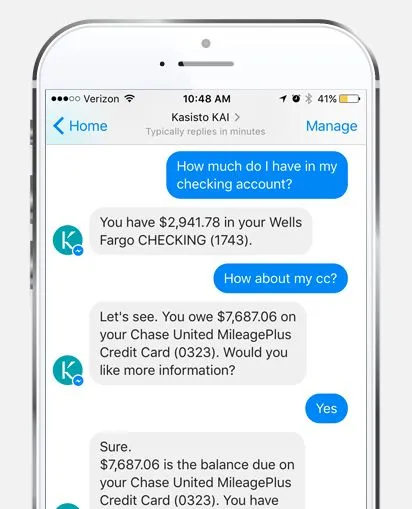
Also, as a SaaS solution, KAI offers banks and businesses real-time analytics on customer interactions, engagement levels, and query resolution effectiveness. These monitor effective SaaS metrics like customer satisfaction scores, retention rates, and the frequency of digital assistant usage to refine customer experiences.
Here’s the roadmap to getting started.
Request a demo to learn how KAI works, the platform’s capabilities, and how it aligns with your company’s customer engagement strategies.
Subscribe and setup: Once satisfied, subscribe to KAI as a SaaS offering. Their team will help you with the initial setup, which includes integration with your existing systems and databases.
Start monitoring metrics: With KAI, you get a dashboard of your business metrics that provides a bird’ s-eye view of performance and customer engagement levels.
Adaptive learning: You get the ongoing interaction analysis where KAI fine-tunes its responses, making every customer experience more intuitive and personal.
#2. ChatGPT for Customer Service
ChatGPT is one of the pathbreaking AI solutions for a business that leverages an advanced AI-driven conversation assistant that transforms how businesses engage with their clients. With its sophisticated blend of natural language processing (NLP) and machine learning algorithms, it can understand customer queries, provide instant responses, and even handle complex multi-turn conversations.

You can proceed with GPT integration into websites, apps, and other digital platforms.
Here’s how to get started.
Setup & Integration: Sign up for ChatGPT and integrate it into your website or app using a simple plugin or API. Popular platforms like WordPress, Shopify, or Wix offer dedicated ChatGPT plugins in their respective plugin or app stores.
For more customized artificial intelligence business solutions or leveraging platforms without a dedicated plugin, you’d use the ChatGPT API. This enables developers to seamlessly integrate ChatGPT into any website, app, or platform by making API calls. Access the API documentation provided by ChatGPT that guides your tech team on leveraging AI in business processes.
Training: Feed ChatGPT with your frequently asked questions and previous customer interactions to help the engine understand common queries specific to your business.
Go Live: Replace or supplement your current customer service chat with ChatGPT, which will work 24/7 without breaks!
#3. VisionAI
E-commerce businesses looking to manage inventory effectively can use VisionAI. AI has cut costs and inefficiencies by 54%, freeing up half the funds for expansion. This applies to e-commerce businesses and last-mile solutions providers that need eagle-eyed assistance.
This AI solution leverages advanced image recognition to track products on shelves in real-time.
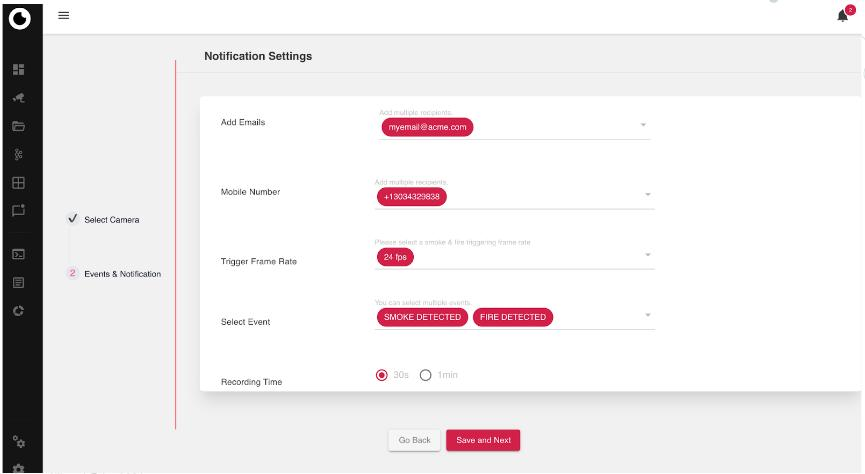
In its workings, VisionAI feeds in from cameras strategically placed in warehouses or stores. These cameras capture images, which the AI analyzes to detect and identify products, check stock levels, and even detect misplaced items. This can help deal better with stockouts and ensure efficient restocking.
Here’s how to get started.
Assessment: Gauge your inventory needs to determine which areas of your warehouse or store could most benefit from VisionAI’s capabilities.
Choose a package: Select the VisionAI plan that fits your needs. Some plans might offer more advanced features, like predictive restocking.
Camera installation: Next, you’ll set up cameras in the identified area. Choose compatible VisionAI cameras or standard high-resolution cameras.
Connect to the platform: Connect the installed cameras to the VisionAI platform, which involves a simple setup with login credentials and camera IP addresses.
Customize alerts & reporting: Lastly, set your preferences by deciding when you would like to receive alerts. For instance, when a product is running low or if an item is misplaced,
#4. EchoSense
Manufacturing businesses can now deal with unexpected downtime using EchoSense. It is an AI-driven solution that predicts when your equipment might need attention before it breaks down.
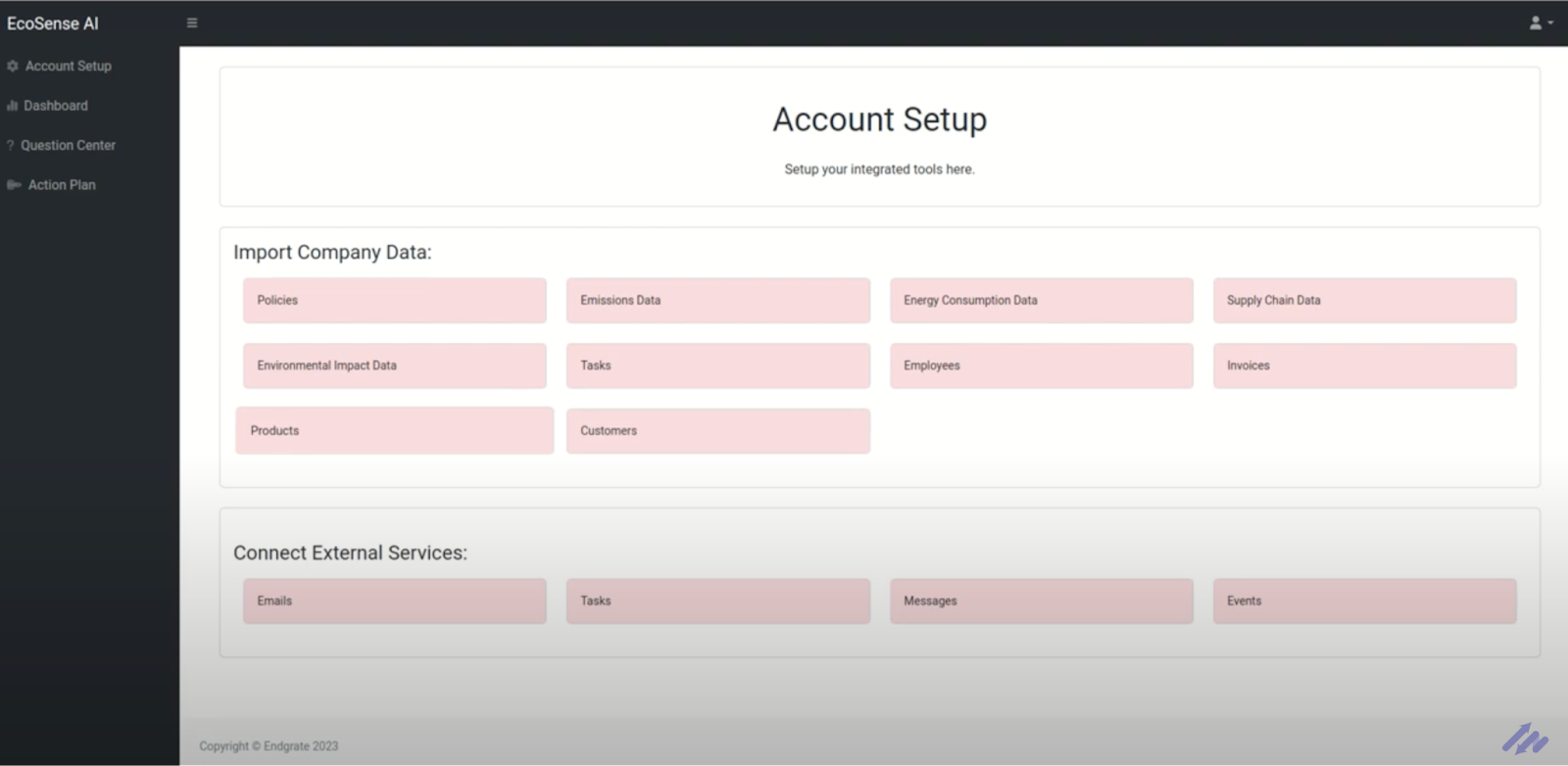
Traditional maintenance follows a schedule (e.g., every six months). But when using Artificial Intelligence as a business solution with EchoSense, you leverage a predictive approach, wherein maintenance happens when it’s truly needed. This means machinery is always in optimal condition, and resources are not wasted on unnecessary checks.
Here’s how you can start.
Audit: Identify critical machines or systems that frequently have issues or are pivotal for your operations.
Sensor setup: Later, install EchoSense sensors on these machines. These sensors are typically noninvasive and can be attached without disrupting regular operations.
Connect & sync: Link these sensors to the EchoSense dashboard, which offers a central real-time platform for monitoring all your machinery data.
Configure notifications: Set up alerts for specific events or anomalies. For instance, you can be instantly notified if a machine’s temperature goes above a safe level.
#5. MarketMinder by AirDNA
MarketMinder can be a powerful AI solution for SaaS businesses that helps them understand market trends, consumer behaviours, and competitor actions. Its advanced AI algorithms analyze myriad data sources to provide razor-sharp insights tailored to their specific needs.
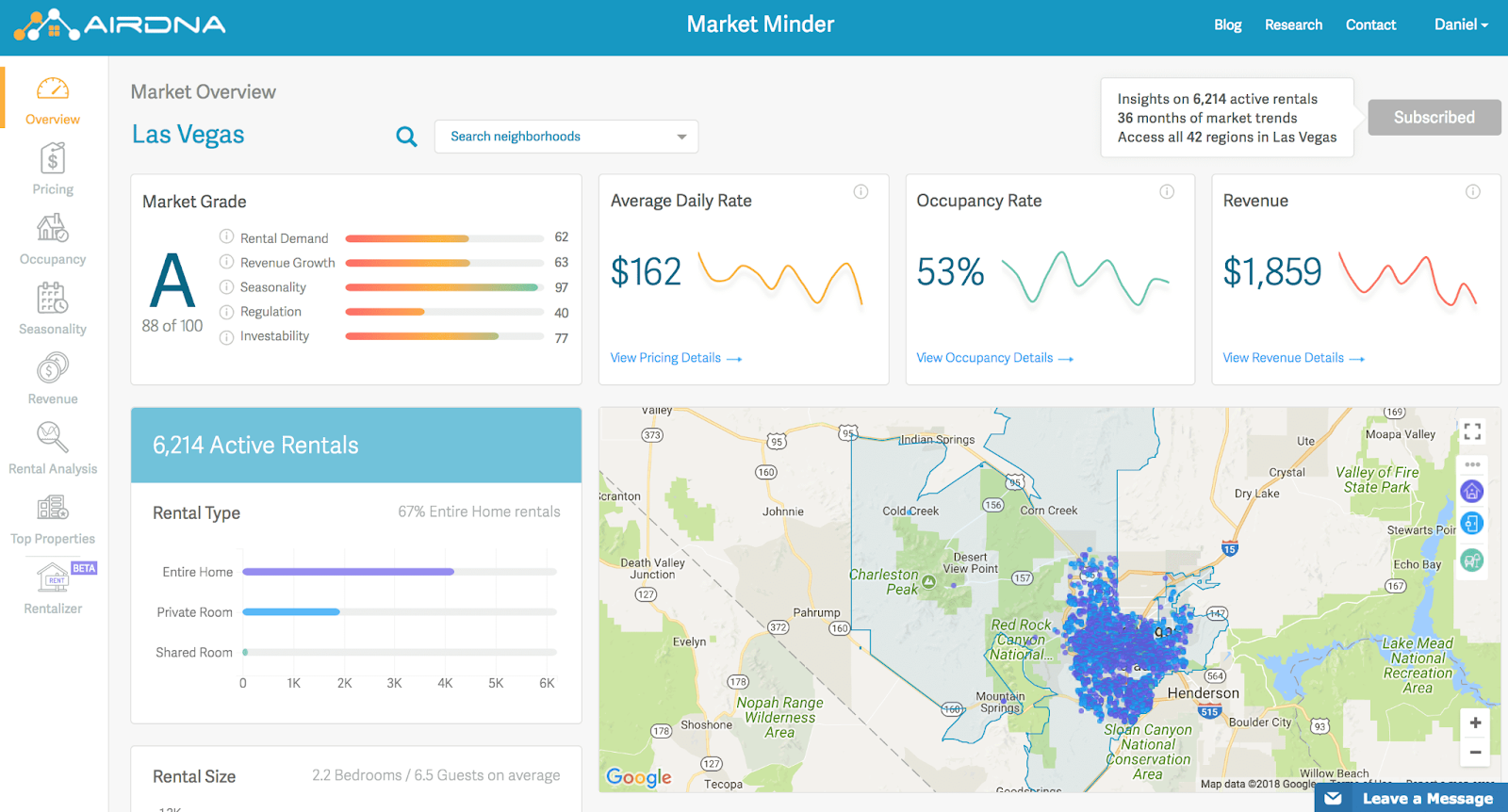
You want to take advantage of the 4.9 billion people worldwide who use social media apps. Hence, your strategy should include everything from social media buzz and online reviews to sales data and competitor campaigns.
Beyond data aggregation, MarketMinder’s strength lies in its ability to connect the dots. Therefore, it can unearth patterns that might be invisible to the human eye, providing a holistic view of the market landscape.
Here’s how you can start using it.
Business objectives: Define how you’d like to use MarketMinder. Are you looking to understand consumer sentiment, forecast sales, or track competitor activities?
Data integration: Connect MarketMinder to your existing databases, CRM systems, and other relevant data sources to create a comprehensive dataset from which to work.
Dashboard customization: Customize the MarketMinder dashboard to highlight metrics and insights most relevant to your business goals.
Set alerts: Lastly, configure notifications for significant market events or shifts (e.g., a drop in sales or a reduction in social media followers), ensuring you’re always a step ahead.
#6. SaleSphere
SaleSphere is another AI-driven business solution that streamlines the sales process. Typically, it provides features to improve sales efficiency, customer relationship management, and sales growth. It includes capabilities for managing customer data, automating sales workflows, tracking sales performance, and providing insights for sales strategy optimization.
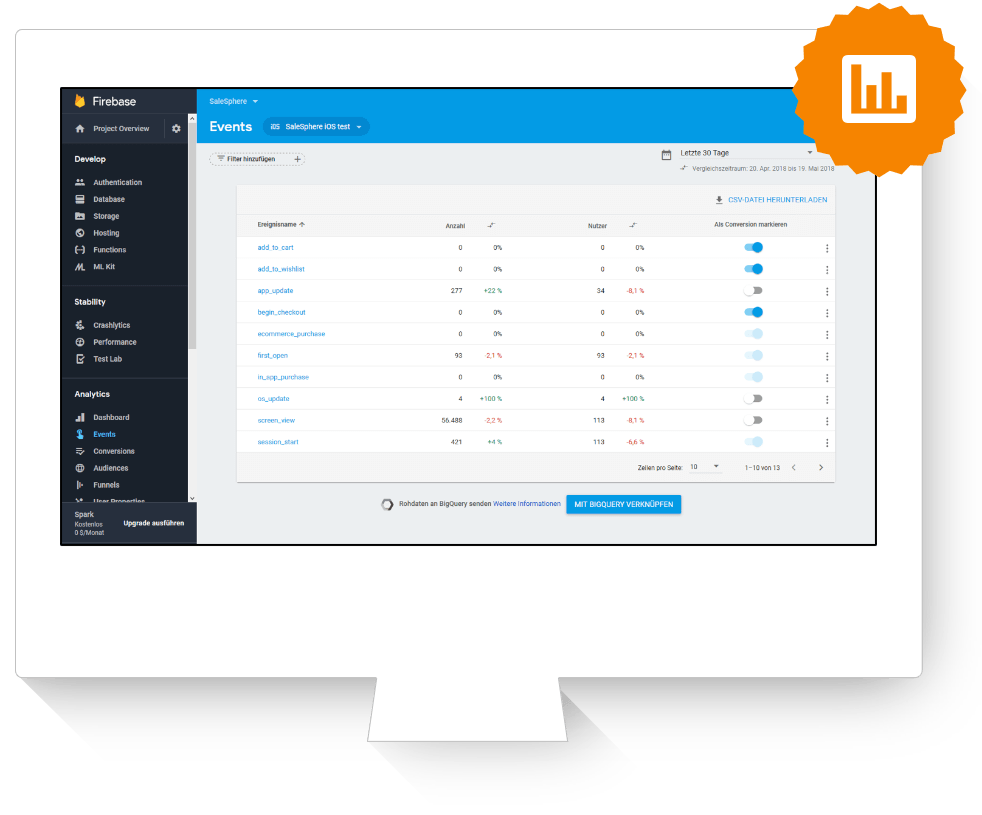
Beyond simply leveraging the data, SaleSphere goes a step further to offer actionable insights. Instead of just showing a list of leads, it ranks them based on the likelihood of conversion and provides strategy tips for each.
Here’s how to launch your sales strategy with SaleSphere.
Integration: Link SaleSphere to your CRM and other sales tools to ensure it has access to a spectrum of data to analyze.
Sales goals: Specify your sales objectives, like targeting a new market segment, increasing repeat sales, or enhancing lead conversion rates.
AI-powered insights: SaleSphere can crunch the numbers quickly to provide you with prioritized leads and strategy recommendations for each.
Feedback loop: As sales deals close, feed this data back into SaleSphere, which ensures you smarten the AI (courtesy, ML). with each sale.
#7. Brandwatch (Ex-Crimson Hexagon)
Crimson Hexagon was a social media analytics company that provided insights into social media data through a platform known as HelioSight. It merged with Brandwatch, another leader in the digital consumer intelligence space, around 2018-2019, where the combined entity offers comprehensive digital consumer intelligence solutions.
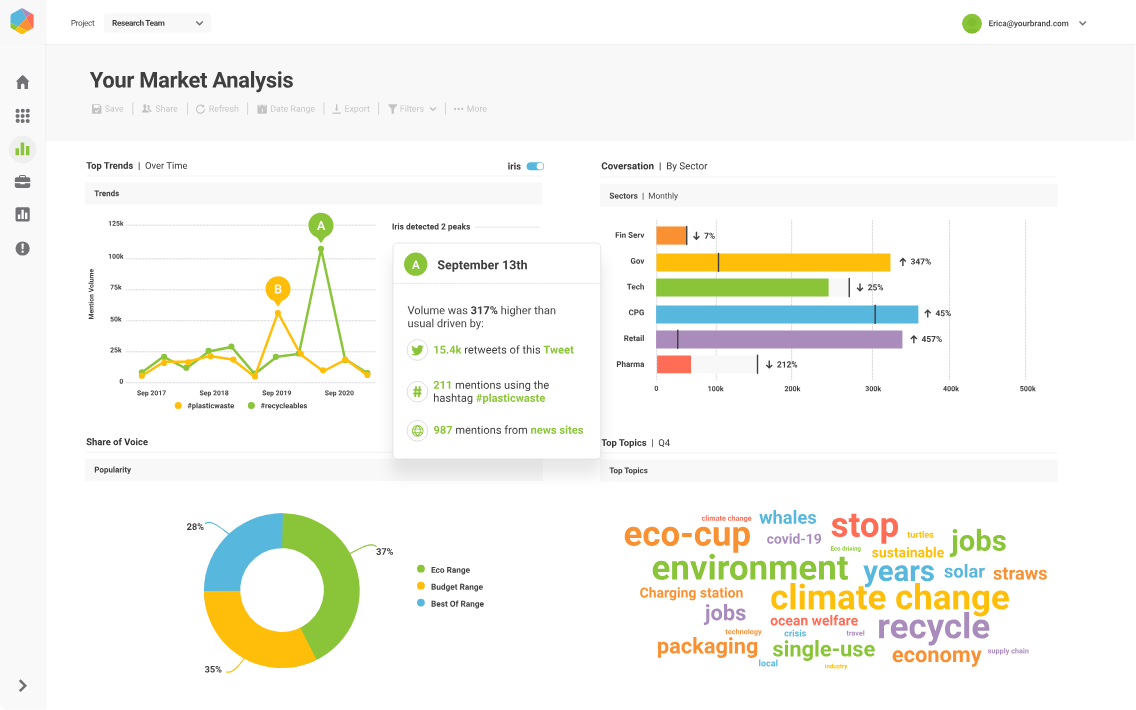
The platform is known for its robust data processing and analytics, allowing users to derive meaningful insights from complex and varied data sets. You can let the AI scan obscure forums, niche blogs, early adopters communities, and academic publications to identify emerging trends before they hit mainstream consciousness.
Let’s check out how to make it work for you.
Specify the segment: Identify the market segments or industries you want TrendTeller to monitor. The more specific you get, the better insights you’ll yield.
Deep dives: Leverage the Brandwatch’s AI to perform deep data dives that explore layers of the internet that most businesses don’t even know exist.
Analyzing trends: Receive regular reports on emerging trends with potential implications and actionable insights tailored for your business.
Adjust and act: Use Brandwatch’s insights to refine your product development, marketing strategies, or overall business direction.
#8. VoxWave
VoxWave is a powerful AI business solution that brings a fresh approach instead of the data-driven technologies that most AI uses. It harnesses the power of direct customer feedback by converting words and sentiments into actionable business strategies.
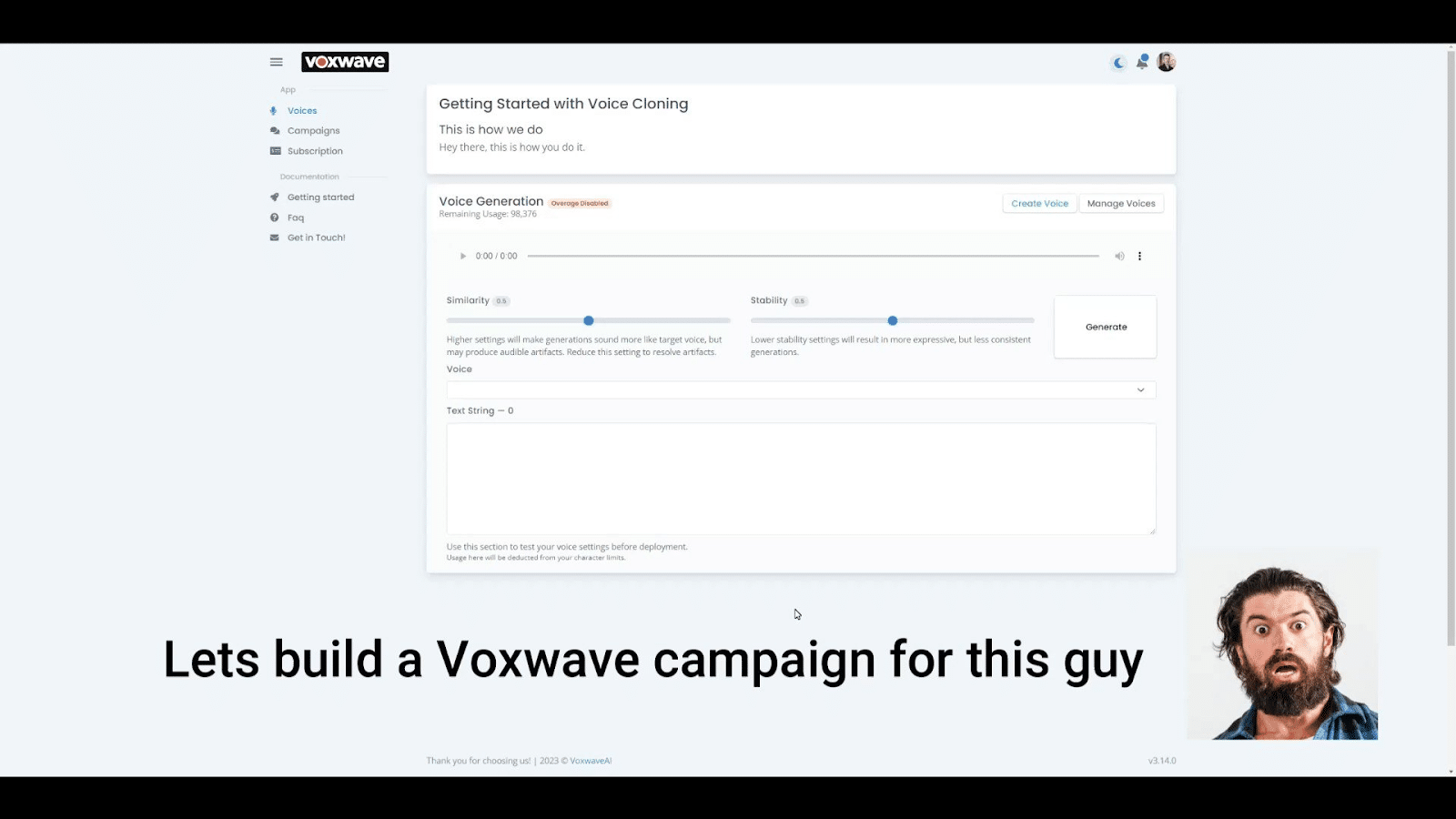
It taps into various feedback channels, from direct reviews to social media mentions and even customer service calls. The AI-driven sentiment analysis and voice recognition technologies then decipher customers’ emotional undertones and key points of concern or appreciation.
Such analysis provides a distilled, clear perspective that highlights the issues and suggests potential solutions based on historical feedback data and resolution successes.
Here’s how to craft a customer-centric path with VoxWave
Integrating channels: Start by linking VoxWave to all platforms where you receive customer feedback to ensure a comprehensive input stream.
Categorizing feedback: Next, this AI solution will categorize feedback into various buckets, such as product-related, service concerns, pricing feedback, and more. Ensure you recognize those categories and filter them for further decision-making.
Deep-dive analysis: VoxWave will then identify recurring themes and sentiments to highlight areas that are common concerns while also suggesting potential growth opportunities.
Suggesting solutions: This solution can analyze historical data to recommend strategies or changes that have proven effective in similar scenarios.
Creating feedback loop: Encourage customers to provide feedback post-resolution to refine and improve VoxWave’s suggestions.
#9. DataRobot
DataRobot is known for pioneering automated machine learning (AutoML). It is designed to automate building, deploying, and maintaining machine learning models, making implementing AI solutions easier for organizations of all sizes.
DataRobot primarily offers a user-friendly interface that enables data scientists and analysts to develop predictive models without extensive programming knowledge. The platform is designed to be accessible to users with varying levels of expertise in data science.
Here’s how you begin the deployment of this AI technology.
Data uploading: Once you access this AI business solution, you must upload your dataset to the DataRobot platform. The platform is designed to be intuitive and guide you through initiating a new project.
Model building: Select your target variable (what you’re predicting), such as predictive analytics for sales forecasts, customer churn prediction, etc. Next, this AI solution will automatically process and integrate your data across data infrastructure and orchestration systems, helping the team build accurate predictive models, pipeline forecasting, competitor price analysis, and more.
This AI-driven prediction gauges future sales revenues and outcomes based on the sales pipeline analysis. Then, you must select features, choose algorithms, and tune parameters to build a range of prediction models that help offer precise results.
Evaluation: After the models are built, evaluate them using the metrics and insights provided by DataRobot to see which data model performs best and yield insights into their accuracy and reliability.
Model deployment: Choose the best-performing model(s) and deploy them into production. DataRobot provides the infrastructure to support model deployment, monitoring, and management.
#10. EcoMetrics
As the world grows more conscious of its ecological footprint, businesses are under increasing pressure to adopt sustainable practices. A solution like EcoMetrics stands at the crossroads of AI and eco-conscious business, offering insights and analytics to champion sustainable growth.
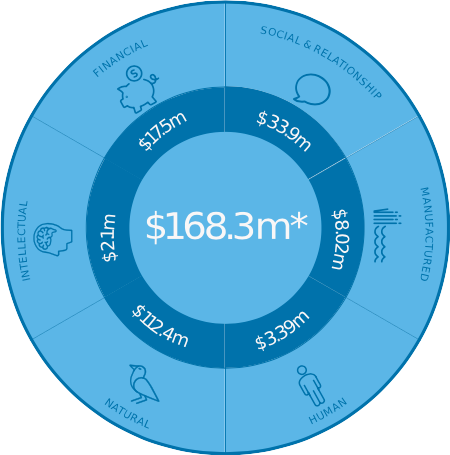
EcoMetrics aggregates data from various business touchpoints, from supply chain operations to product packaging, to evaluate each facet’s environmental impact. It does so by applying AI algorithms to suggest greener alternatives or pinpoint areas of inefficiency.
With EcoMetrics’ emphasis on sustainability, businesses can significantly reduce wasteful expenditures and enhance their reputation among eco-conscious consumers. It’s not just about thriving as a business but also about ensuring the planet thrives alongside it.
Let us quickly check out how to begin this.
Pool the data: Integrate EcoMetrics with your existing operational systems to collect a comprehensive data spectrum associated with your business activities.
Eco-assessment: EcoMetrics analyzes your business practices to assess your carbon footprint, water usage, waste production, and more.
Sustainable suggestions: It provides AI-driven recommendations on greener suppliers, waste reduction techniques, energy-efficient practices, and more.
Monitor and improve: Track the effectiveness of implemented changes via the EcoMetrics dashboard to ensure your business stays on the path to sustainability.
Eco-certification: Get certifications through EcoMetrics that are based on consistent, sustainable practices that validate your eco-friendly approach to consumers.
Over to you
Equip your digital marketing team with AI that helps unlock a treasure chest for businesses. But AI solutions for small businesses are more than just fancy tech. They are about making jobs easier, better understanding customers, and giving that extra nudge toward success.
Therefore, integrating such solutions can help your business prepare for current challenges and future-proof itself against evolving landscapes.
We’ve peeked at eleven game-changing AI solutions for business here, but it is not about having the fanciest AI tools but how you use them (depending on your business needs). So, dive in, get hands-on, and see where these innovations can take your business.
After all, it’s a big world out there, and with a little AI magic, who knows what’s possible? It’s time to explore and experience it yourself.
CTN News’s sponsored content helps brands reach a larger audience with engaging and relevant articles these articles do not necessarily reflect the views of CTNNews. For more information on our sponsored content policy Click Here














